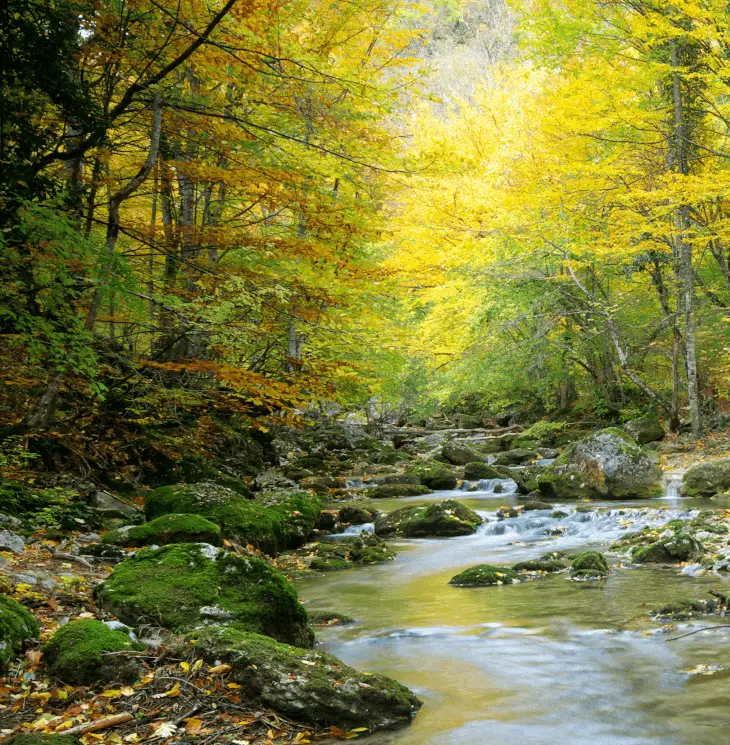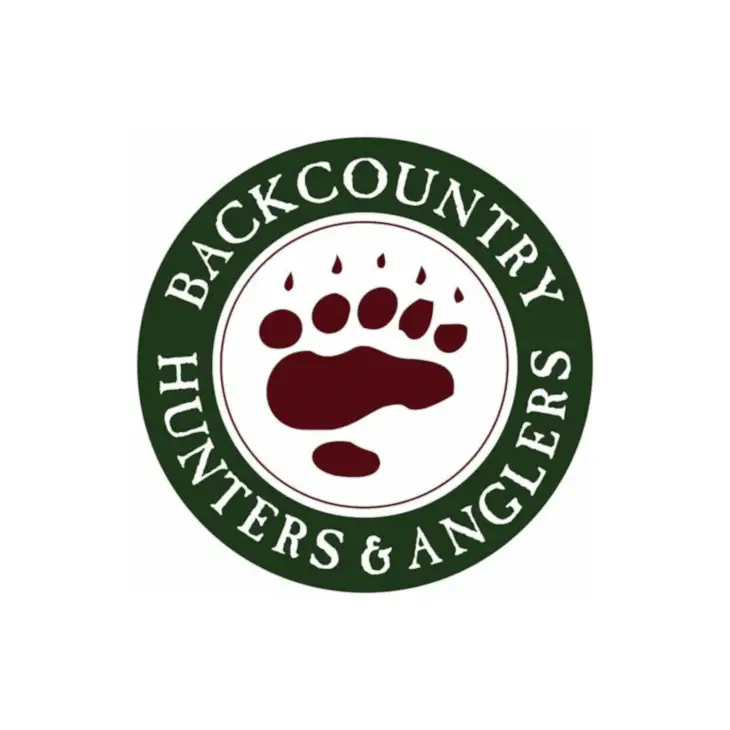With summer right around the corner—and with many bowhunters taking overnight trips to scout locations on our public lands—we’ve been giving a lot of thought lately to GEAR.
In particular, we’ve been thinking about transporting it, and how to do so in a way that doesn’t bog you down or exhaust you. If you’ve ever trekked into the woods for a multi-day trip, only to get a mile or two into the woods and wonder where all your energy went—well, this post is for you!
Below, we talk with Ashley of Enlightened Equipment, a company that’s been slowly-but-surely re-imaging every piece of gear that we trek into the forest with. They got their start by revamping bedding, and making it much lighter and much warmer than had been previously possible, and since then they’ve moved on to re-working much of the gear you’ll find in any overnight pack. A lot of outdoor equipment has been pretty well-developed over the years, and it’s fascinating to see that improvements are still not only possible, but possible across many different types of gear.
So, before we jump in, a big THANK YOU to Ashley for talking to us, and readers, when you get a chance, check out Enlightened Equipment! They’re making some really insightful improvements and slowly making all the equipment we use lighter and more usable. Onto the interview!
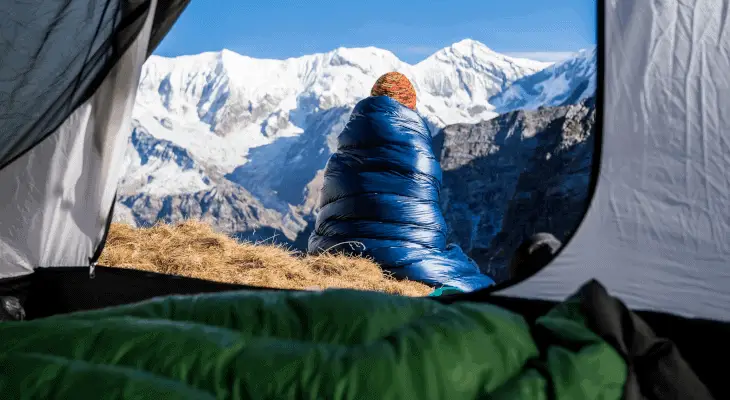
Q: Hello, Ashley at Enlightened Equipment! Thank you for speaking with us! We’d like to start out by saying that the company’s name, Enlightened Equipment, is about as spot-on as you can hope to get: ultra-light gear for the enlightened outdoor adventurer. Pretty brilliant. Can you tell us a little bit about your company, your history, and your products?
A: Sure! Tim Marshall, the founder of Enlightened Equipment, started sewing himself a quilt in his basement in 2007 after lugging around a much heavier pack than some of his friends on hiking trips in Michigan. After word got out about his product through online forums and word-of-mouth, he started his own website in 2009, and Enlightened Equipment was born.
Since the first “Revelation” quilt, our flagship and still most popular product, was sold, we have branched out into many new gear categories like apparel, shelters, and accessories. Our mission has always been to create the best quality ultralight gear that will be reliable and comfortable on any adventure.
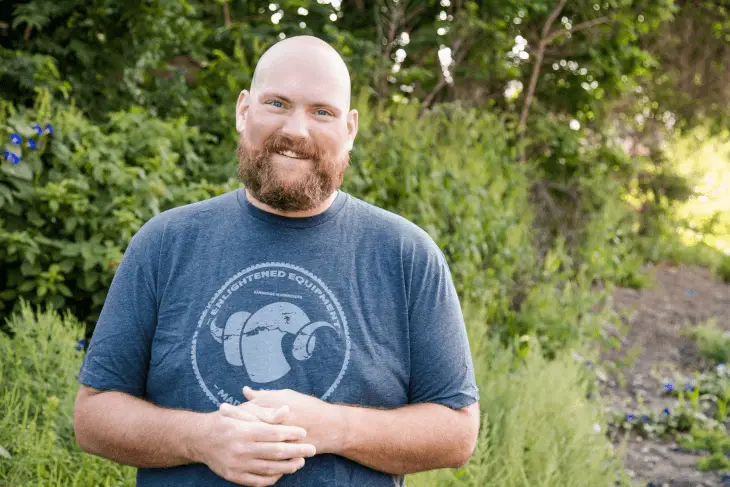
Q: It’s kind of amazing how inter-connected the outdoor community is—when someone, like Tim, creates a product that actually works, people find out about it pretty quickly. For a group of people known for unplugging and heading outside, they’re pretty connected!
And that’s actually an issue for a lot of our new bowhunters. We get a lot of people on our site who are just learning how to bowhunt, and many of them are pretty green when it comes to camping—and they don’t really have a community to tap into, when it comes to selecting appropriate gear. Can you give our readers some advice when it comes to piecing together the equipment they’ll need for outdoor adventures?
A: Sure. Here’s the simplest way to put it—when you’re planning to spend the night outdoors, there are three main pieces of gear any outdoor adventurer needs: 1) a pack to carry your stuff, 2) a shelter to sleep in, and 3) a sleeping bag or quilt to keep you warm. These three pieces of gear can vary greatly in weight and compressibility, which makes them a great place to focus your packing. With ultralight gear like ours you can have more room in your pack for the other items you need, while carrying less weight on your back to make getting there a little easier. So my advice is to think more about the weight and the size of the items in your pack that you can control to make your trip a little easier.
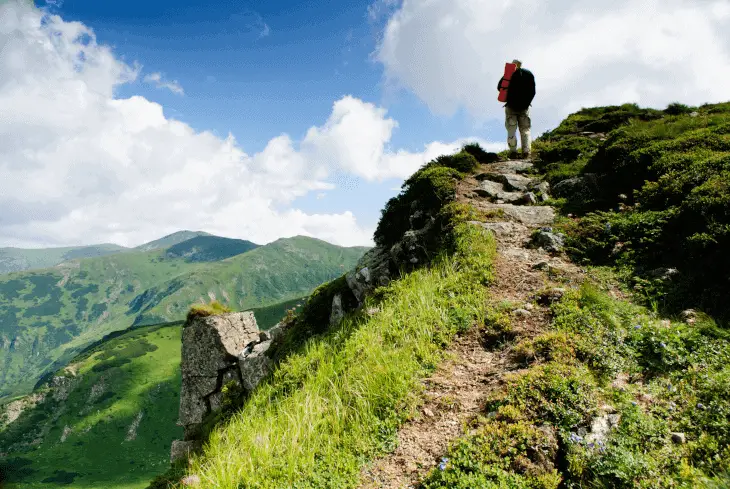
Q: That is great advice, and as we’ve mentioned in previous posts, many bowhunters are way, way overdoing it in terms of gear, and traveling way heavier than they need to be. All that extra gear can provide a feeling of safety, and the sense that you’ll be able to take care of whatever circumstance arises, but it can weigh you down considerably—and not only make things less safe, but it can also just tucker you out. It makes it less fun. Cutting down the weight on your vital equipment can make overnight hunting trips a much more enjoyable experience.
Speaking of gear, your “About” page has a great quote: “I make blankets. Very thought out and highly specialized blankets.” A lot of our readers might be confused about the differences between quilts and sleeping bags and other types of outdoor bedding—can you describe each, the differences between them, and what’s a good fit for different scenarios?
A: I could write an entire article about this question, but I will try to keep it brief! An EE quilt is a “specialized blanket” that was born with ultralight backpacking in mind. While a sleeping bag goes all the way around you, a quilt uses a strap system connected to a sleeping pad and lays over top of you, much like a blanket at home would. This means the insulation between you and the ground is dependent on what you sleep on, so it’s very important to know the insulation value of the pad or mattress you use to be sure you stay warm.
Down only has insulation properties when it is lofted, so any down you lay on is rendered useless for helping you stay warm. This meant we could cut out the underside of the sleeping bag to make it a quilt and save weight and room in your pack.
For those who want to stick to classic sleeping bags, we also carry traditional full-zip sleeping bags that are ultralight and feature the same strap system so you can decide to zip it fully or strap it to your pad and use it like a blanket.
Q: Thank you for that! That’s very helpful, and I think a lot of our new hunters/hikers/campers will appreciate that—we you start out, there’s so much to know, that it can all get a little overwhelming. That’s a very clear example of how quilts are kind of a “step forward” when it comes to comfortable bedding and lightweight gear.
Our next question is about EE itself. I think a lot of people would like to turn a hobby into a business, and certainly a lot of people try, but not too many make it. You guys now have 50+ employees and 50,000 square foot manufacturing/business center in Winona, Minnesota—that’s getting pretty big. We’ve spoken with a lot of smaller family business, and it’s really difficult to get over that hump of being a “cottage” business to a “warehouse” business. How did you guys get to where you are today?
A: Well, if you ask most of us here, we feel more like an awkward teenage company, with a little less acne. HA! But seriously we contribute a lot of our success to our dedication, and to creating efficiencies and processes wherever we can. We work hard to make our production as fast as possible, with the best group of employees around. We have small teams made up extremely hard workers and we just continue to try to get better in everything we do every single day.
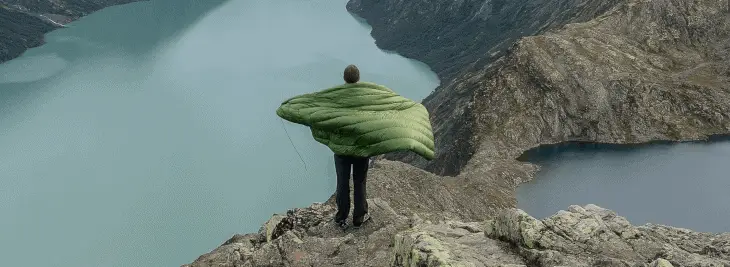
Q: That’s awesome. It looks like you guys have used a bunch of different programs, as well—your ambassador program is pretty active. Can you tell us a little bit about that? We’ve had some incredible experiences as ambassadors, and it can be a fantastic experience.
A: We are incredibly lucky to have numerous people each day reaching out to us to ask about partnering with us, which makes choosing them extremely hard! We try to work with a variety of different adventurers and those who are truly passionate about EE gear, have a cool trip planned, and can showcase our gear. Ambassadors and influencers definitely helped EE get to where we are today and we are so lucky to have a great bunch to work with.
Q: You guys are pretty actively involved with some causes, including your partnership with the Women’s Resource Center in Winona. Can you tell us about your involvement with them? How that got started, and what you guys do?
A: Our partnership with the Women’s Resource Center in town is one that we are very proud of, for sure! Tim has always had a passion for helping others—as a matter of fact, if you ask him, he’ll tell you that if EE did not happen, his ideal job would be working with those with special needs. Our partnership with the WRC stems from this desire to help others, and we hope to be a part in helping people who are sometimes not able to help themselves. We encourage everyone to support a cause that is close to their hearts in any way they can.
Q: For an “age-old” business, the products involved in outdoor adventuring change pretty rapidly. What does your design process look like? You guys have grown so much in such a relatively short period of time, and your approach to new products is incredibly important. How do you guys decide what comes next?
A: The truth is, our design process is still mostly Tim coming up with ideas based on his experience with other gear. He brings an idea to our small R&D team, Jenny whips him up a prototype, and we tweak and test the product from there. Once we’re ready for some more testing, we reach out to a small group of our product testers and continue to improve the design until we are ready to launch it to our customers.
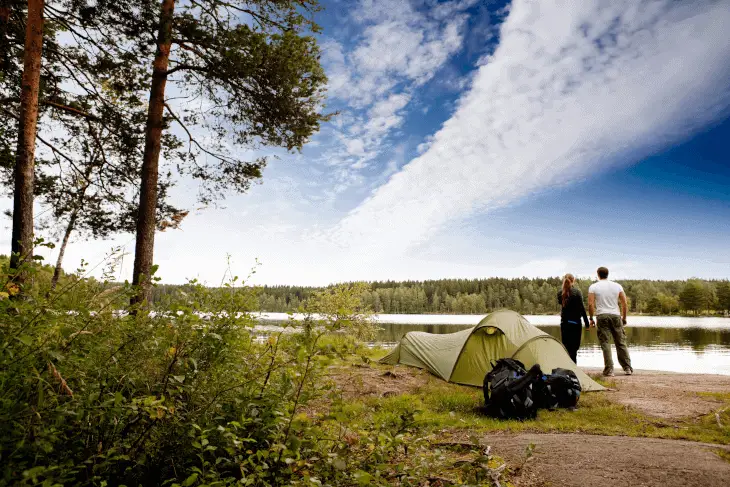
Q: We’ve been closing out a lot of our interviews with this question, and we’ve gotten some great answers. So here goes: what’s the most amazing outdoor vacation you’ve ever taken (where was it, and what happened?), and if money and time weren’t a problem, what would be your “dream” trip?
A: When I was in college a group of friends and I decided to spend our Spring Break in the mountains of Gatlinburg, TN instead of going to the beach. We rented a cabin in the mountains and it was on this trip that I was introduced to hiking for the first time. I saw my first waterfall, and it was the first really great view I took in after hiking—and I got my first case of poison ivy. It wasn’t the most spectacular trip of my life, but it was the first, and that is why it is most special to me. Looking forward, if I could go anywhere, I would sleep in a hammock on the coast of Scotland for sure!
< end >
A big thank you to Ashley at Enlightened Equipment for talking with us! That advice for new hikers /campers / hunters about the basics—that you need a pack to carry your stuff, a shelter to sleep in, and a sleeping bag or quilt to keep you warm—is a great reminder that the basics (and maybe a first aid kit!) are all you need. Choose wisely, choose light, and enjoy!


